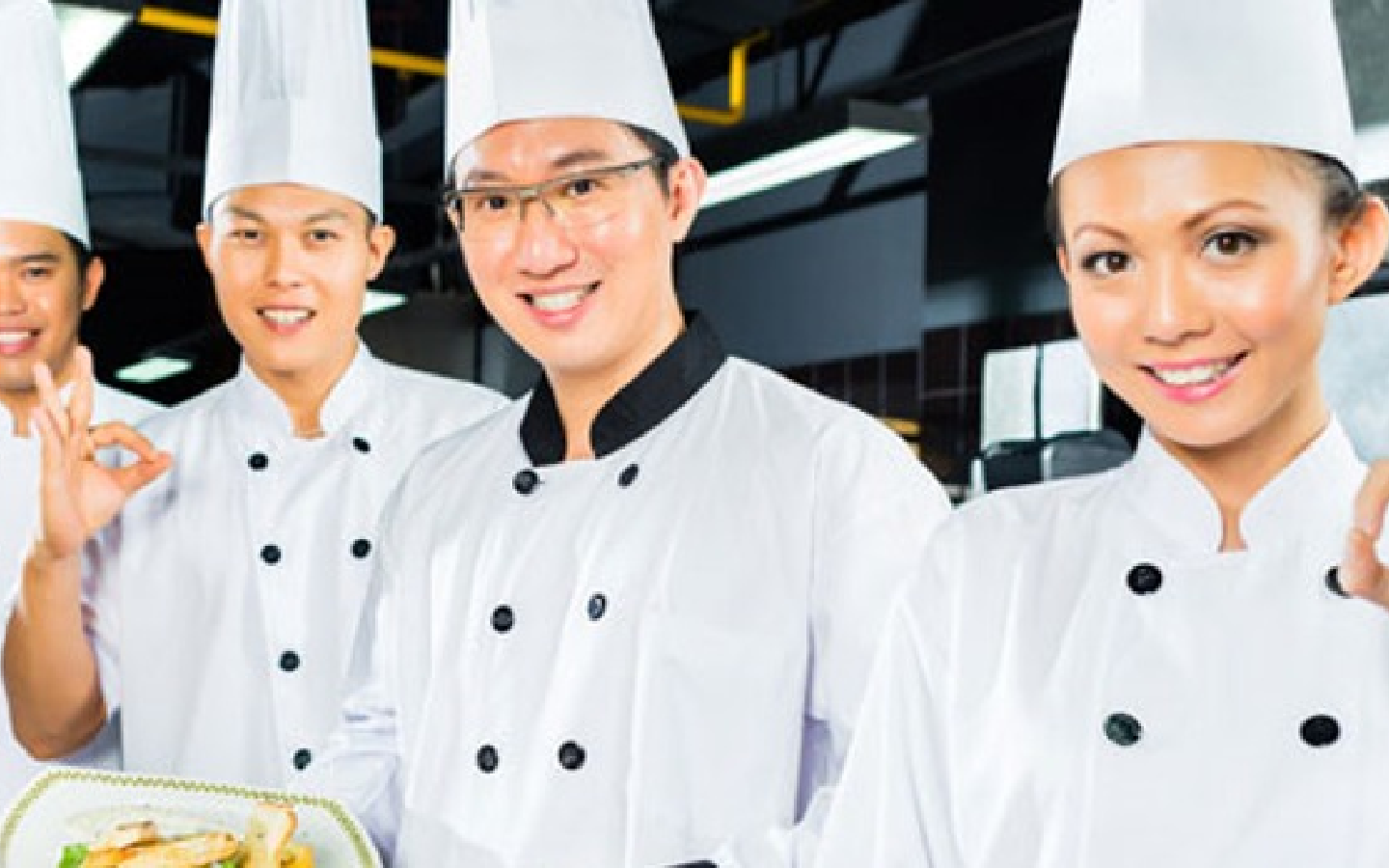
Japanese cooking workplaces, where you can acquire various qualifications and valuable skills, while you can work there with a satisfaction


Japanese cooking workplaces, where you can acquire various qualifications and valuable skills, while you can work there with a satisfaction
SQUARE Planning Co., Ltd. is the expert in these workplaces.
The single-word cooking site covers many genres and cooking places, such as restaurants and taverns on the street corners, cafeterias for significant companies employees, school lunches for children, hospitals, and social welfare facilities.
Among them, SQUARE Planning Co., Ltd. specializes in mass cooking for social welfare facilities and hospitals.
It is the national qualification of Japan, and you will develop and create menus.
How to get a dietitian qualificationYou need to enroll in a school designated and approved as a dietitian training facility by the Minister of Health, Labor, and Welfare. You must take the full-time course, and graduate it.
When graduating, you are qualified. This qualification is nationally certified, but no exams are imposed.
2-year course (Nutritionist): Approximately 2.8 million yen
4-year course (Registered dietitian): Approximately 5.6 million yen
* Textbooks are required for each.
First of all, it is a prerequisite that you have a dietitian qualification.
Registered dietitians are required to pass the national examination, which is conducted once a year. The qualifications for taking the exam are as follows.
The characteristics of registered dietitian examination
This qualification is a national qualification of Japan, and you cook according to the menu prepared by dietitians or registered dietitians.
How to get a cooking license, Type (1)Take and pass the cooking exam after more than two years of work experience at the applicable facility.
Enroll in a cooking school (training facility) designated by each prefecture and obtain the required credits.
You have qualified for a cooking license without taking the cooking exam when graduating from the designated school.
The characteristics of the cooking exam
The following foreigners who have a residence status with no restrictions on staying (permanent resident, spouse of Japan, spouse of permanent resident, long-term resident) are taking advantage of their qualifications. In addition, the foreigners who have Japanese certified licenses of nutritionists, registered dietitians, and cooks, and the foreigners who communicate in Japanese are active in the cooking fields. The valuable Japanese proficiency for such people is N1 or N2 level.
If you meet the above conditions,People who are not qualified are active as cooking assistants. Specifically, their main tasks are serving ingredients, serving meals, cleaning up, and washing dishes. Since the cooking workplace needs teamwork, Japanese Communication is required, and Japanese proficiency, N1 or N2 level, is usually needed.
In the future, the employment situation in the culinary field is likely to change as follows.
Currently, there is a tendency to seek people who can work immediately (with qualifications and Japanese language skills), and the reality is that it is difficult to hire people without qualifications or Japanese language skills.
Many cooking sites are already in a labor shortage situation, but are still reluctant to accept overseas personnel.
We expect that the labor shortage will further accelerate in the future, and the number of opportunities for overseas personnel to play an active role will increase. This will lead to the possibility of long-term stay by renewing or changing the status of residence if they improve their Japanese language skills. Eventually, it is expected that opportunities will expand even for those who have no qualifications and whose Japanese language proficiency is N3 or lower.